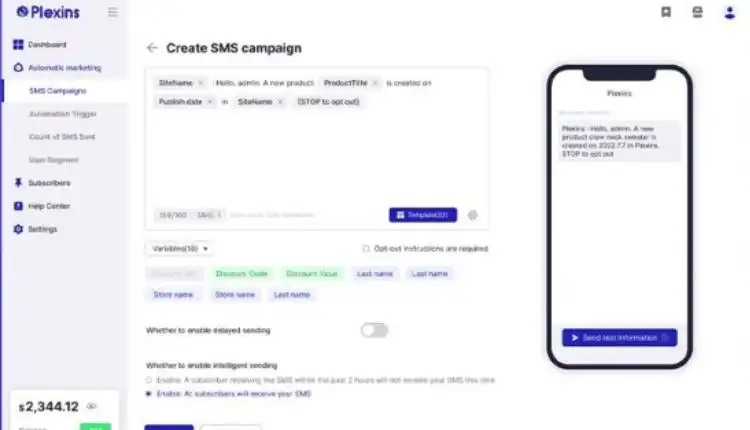
5 Simple but Effective Strategies to Increase E-Commerce Sales
Businesses worldwide have always worked towards one goal ― getting more sales. This is irrespective of what they deal in, whether services or products.
The competition for more sales is stiff to the extent that some individuals specialize in advising companies on how to improve their sales numbers.
Meanwhile, the internet has changed how business is conducted across the globe. There are now more businesses conducted online through e-commerce platforms.
The global e-commerce market is expected to total $6.3 trillion in 2023 as sales are expected to grow by 10.4 percent.
Leveraging the internet for sales is now beyond just creating a website. Over 70 percent of business now has a website. The competition is tougher than in the early days of Amazon and eBay.
Unlike physical retail stores, where customers have the patience to walk around and interact with salespeople, customers form an opinion about your website in 0.05 seconds. This will largely determine whether you will be making sales or not.
If you are an e-commerce website owner struggling with getting more sales, below are some simple but effective strategies you can use;
1. Understand your potential customers
The percentage of e-commerce website visitors who eventually make a purchase is between 1.81 to 3.71 percent. This means over 96 percent do not buy anything.
To increase sales on your website, it is important to understand the potential customers. You must be able to predict their behavior and present them with the items they are most likely to purchase.
Personalize the experience for each potential customer. For instance, if you sell to people in different regions, include options to display prices in local currency. Factor in the tax differences in individual regions. This could help you offer a competitive price.
Also, you must stand out among the competition. There is a high probability that other companies are offering similar products or services.
Identify a unique selling point that should be well promoted on the site. Your unique proposition might be price, same-day delivery, or how you source your material.
2. Implement effective merchandising
E-commerce merchandising is a strategic way of organizing and displaying products in an online store.
The main idea behind the concept is to create a visually appealing store that buyers will be more comfortable and willing to purchase from.
Incorporate your brand identity in the website design and ensure the photos of the products are of high quality.
Add product descriptions and group the items for easy site navigation. This should allow customers to see similar suggestions when viewing a product.
Another strategy is to include customers’ ratings of a product accompanied by photos. This may convince customers that are in doubt to make a purchase.
3. Leverage data analytic reports
Tracking users’ behavior is vital for converting most site visitors into customers. Analytics tools like Google Analytics can be used to get reports on how people find your site, the pages they visit most, the buttons they click most, and the time spent before leaving.
You can get many clues from such data to improve your sales strategy. For instance, if you are getting a lot of traffic to certain products on your site from a blog post, consider writing more of such posts.
If you discover people are clicking more on a product category from the home page, you should increase the number of such products on the home page for better visibility.
Tracking activities on your site with analytics tools helps you to detect what is working and where to focus your energy.
4. Redesign your website
You should redesign your website if its features do not match the modern standards.
E-commerce websites are expected to have fast load speed, as many experts recommend a load speed of two seconds or lesser.
People browse the internet using different gadgets. Most of them use their mobile as it is easier to handle and carry around. Your website should be mobile-responsive. A mobile responsive site can adjust itself to different mobile screen sizes.
If your e-commerce site is not easy to navigate and lacks fast means of payment like payment gateways, you should consider rebuilding.
5. Invest in digital marketing
Connect with your potential customers on their favorite social media platforms. This might be by producing engaging content or adverts.
Meanwhile, email marketing is a cost-effective digital marketing strategy you should consider. Create a pop-up form for site visitors to subscribe to your newsletter.
Entice them with the promise of possible discount offers for people on the mailing list. Another strategy to explore is content marketing to rank for keywords related to your business on search engines.
A survey conducted by Google/Ipsos revealed that 49 percent of shoppers used Google to discover a new product.




